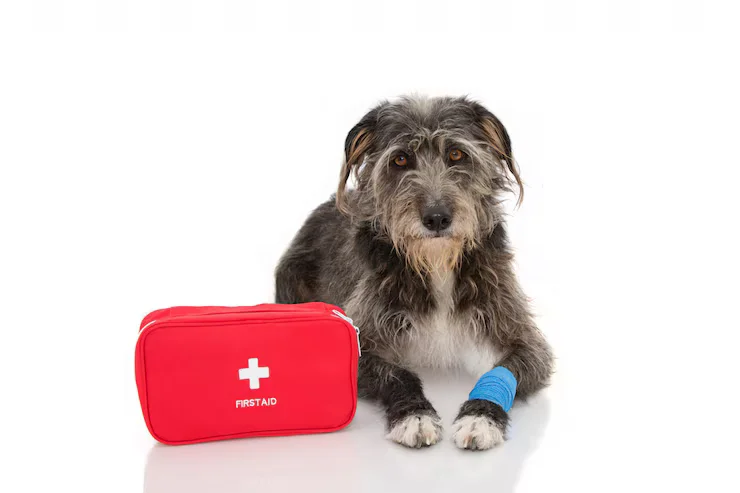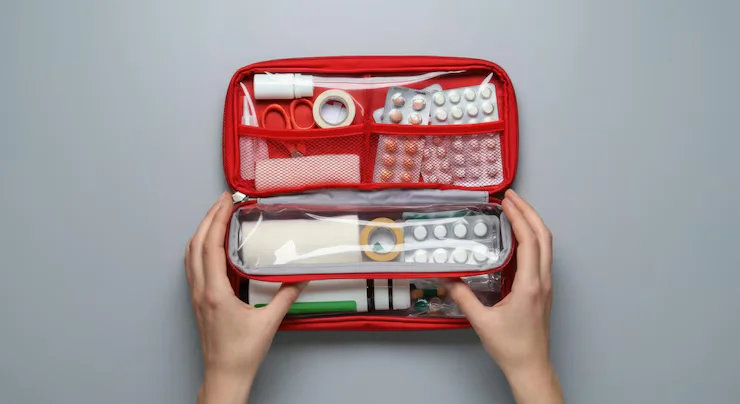-
Kutchina service center, Kolkata - 700010
Kutchina service center, Kolkata - 700010

Building a reliable first-aid kit for your pet is essential for emergencies. Learn how to prepare the perfect first-aid kit for your pet with expert guidance from a reputable pet clinic.
As pet parents, ensuring the safety and well-being of our furry friends is a top priority. While we hope our pets stay healthy and safe, accidents and emergencies can happen unexpectedly. That’s why having a well-stocked first-aid kit for your pet at home is crucial. This kit can help you act swiftly and calmly during minor injuries or urgent situations until professional help is available.
Understanding what to include in your pet’s first-aid kit and how to use the supplies correctly can make a significant difference. In this article, we’ll guide you step-by-step on building an effective first-aid kit and share important tips to prepare you for emergencies.

Pets, like humans, can encounter health emergencies such as cuts, burns, choking, allergic reactions, or sudden illnesses. Having a first-aid kit for your pet ensures you’re equipped to:
A carefully prepared kit not only saves time but can also save lives.

When assembling a first-aid kit for your pet, focus on items that cover common emergencies and basic wound care. Here’s a list of essentials every pet owner should have:
Having a first-aid kit is just one part of the equation—knowing how and when to use each item is equally important.

Q1: Can I use human first-aid supplies for my pet?
Some items can be used cautiously, but it’s best to have pet-specific products to avoid harmful ingredients.
Q2: How often should I update my pet’s first-aid kit?
Review your kit at least every six months or after any use to ensure everything is up-to-date.
Q3: What should I do if my pet swallows something toxic?
Do not induce vomiting without veterinary advice. Contact a vet or poison control immediately.
Q4: Is training necessary to use a pet first-aid kit effectively?
Basic first-aid training for pets is highly recommended. Many organizations offer pet CPR and first-aid courses.
Q5: Where should I keep my pet’s first-aid kit?
Store it in a cool, dry place that’s easy to access during emergencies.
Creating and maintaining a first-aid kit for your pet is a simple yet powerful step toward ensuring their safety and health. Emergencies are unpredictable, but your preparedness can reduce risks and provide crucial care during critical moments.
Whether you’re a new pet parent or have years of experience, having the right supplies and knowledge empowers you to protect your beloved companion effectively. Remember, timely and appropriate first aid can make a significant difference before professional veterinary care is available.
For expert advice or complex health concerns, consulting a trusted veterinary clinic ensures your pet receives top-notch medical attention when needed most.
Stay prepared, stay calm, and keep your pet safe.